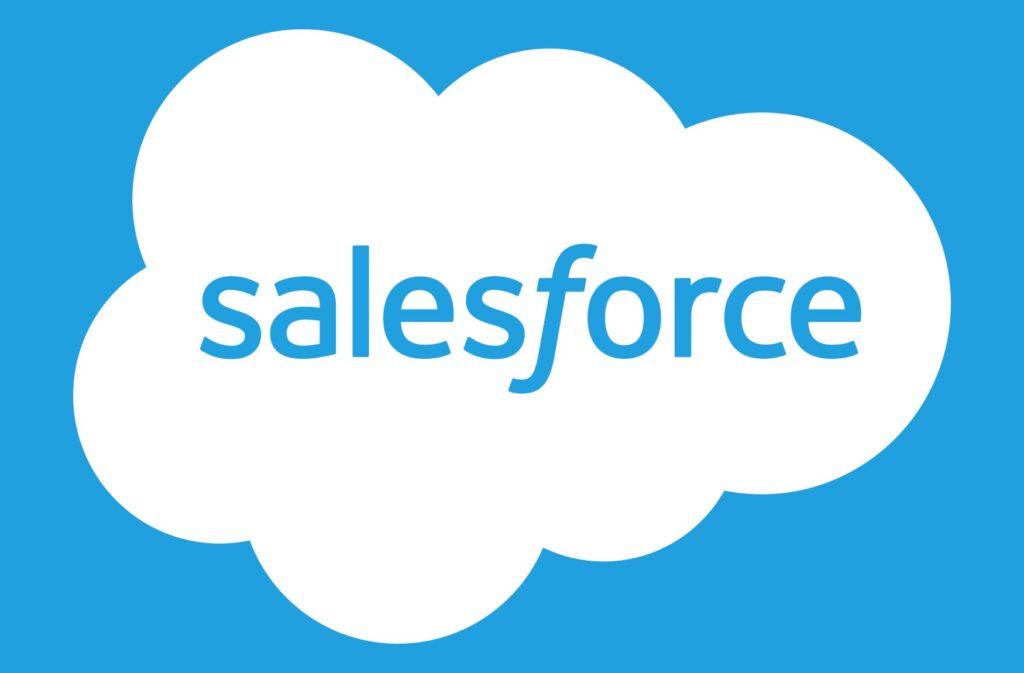We’re sure you can relate to at least one of these factors if you’ve been a part of a Salesforce implementation. So, the question is how to ensure the survival of your organization in an era of constant business volatility.
The answer to this question, like maintaining personal health, lies in following a defined set of proactive steps.
Step 1 – Design for growth to keep your Salesforce Org Healthy
Though it would be ideal to implement this strategy from the start, most customers are already in the midst of their CRM transformation journey. However, you can begin by reexamining how your Salesforce Org and architecture were designed and identifying the customization required. As the shape and aspects of your business change, you must revisit and define your Salesforce org strategy by answering questions such as:
Do you need multiple Salesforce orgs to run a healthy business?
Do you have a standardized process that necessitates global deployments?
What are the data and process dependencies between organizations?
Do you intend to consolidate your organizations in the future?
Step 2 – Health-focused implementation
The most important step in ensuring your Salesforce org is to keep it up to date during the implementation. As obvious as it may sound, more companies than we would think struggle to maintain a healthy Salesforce implementation. The following are the checks and actions to keep in mind as you implement to keep your Salesforce Org healthy:
Database schema: Check your data storage limits on a regular basis to ensure you are not exceeding them. This necessitates a review of factors such as the number of custom objects created, active lookup filters per object, custom fields per object, and custom big objects created.
Business procedure: Keep the following business logic limits and best practices in mind as you configure and customize your org to automate business processes.
Process builder & workflows: No matter how minor the functionality, never create a process builder/workflow automation directly in production. Ensure that the process builder/workflow configurations are tested for any implications on objects/fields used by other teams and that appropriate actions are taken. It would also help if you followed Salesforce Process Builder best practices.
Apex best practices: Have a defined approach to checking parameters such as triggers created per object, trigger logic handling in class, unit testing coverage (>85%), code annotations, methods, and class size. Scan your apex code with the Salesforce code scanner.
Development flow & automation: Have a process in place for the dev team to customize best practice-based guidelines for implementation health, source control, static code analysis, testing, and deployment automation.
Lightning & JavaScript: When implementing Lightning-based development, ensure that checks such as JavaScript helper usage, loading time, lightning data service, image and script size optimizations, and unused libraries are in place.
General: make sure you have documentation for all org-wide customizations.
Data: Maintaining your Salesforce org also includes keeping your data clean. For example, you might be interested in discovering some Salesforce data loading tricks or learning how custom Salesforce fields can help keep your data clean.
Step 3 – Regular technical audits to keep your Salesforce Org Healthy
It is critical to conduct regular checks on your organization’s technical health in order to identify any flaws that may be causing performance and scaling issues. To keep your Salesforce org healthy, we recommend performing a technical audit after each major release. There are numerous tools on the Salesforce App Exchange, such as OrgHealth and RingLead FieldTrip, that provide detailed measures and reports on your org’s data limits, customization complexity, and user acceptance in a few steps.
Step 4 – Security Check
While your architects will have ensured that all best practices are diligently followed, ensure that your organization undergoes regular security checks to identify potential vulnerabilities in your security settings. Check out Security Health Check for a detailed security summary of your organization.
The summary keeps track of different security parameters in your organization in comparison to the standard Salesforce baseline and generates a risk metric (high risk, medium risk, low risk). You can also upload custom baselines relevant to your organization and track its health against the specifications specified in the baseline.
Conclusion:
While not exhaustive, this checklist is a good starting point for reducing glitches and performance issues while scaling and maintaining your organization. Understand the risks of not regularly checking the health of your Salesforce org, adhere to best practices, and use scanners that are appropriate for your needs. Monitor the health of your Salesforce org on a regular basis to get the most out of the Salesforce platform.





Leave A Comment